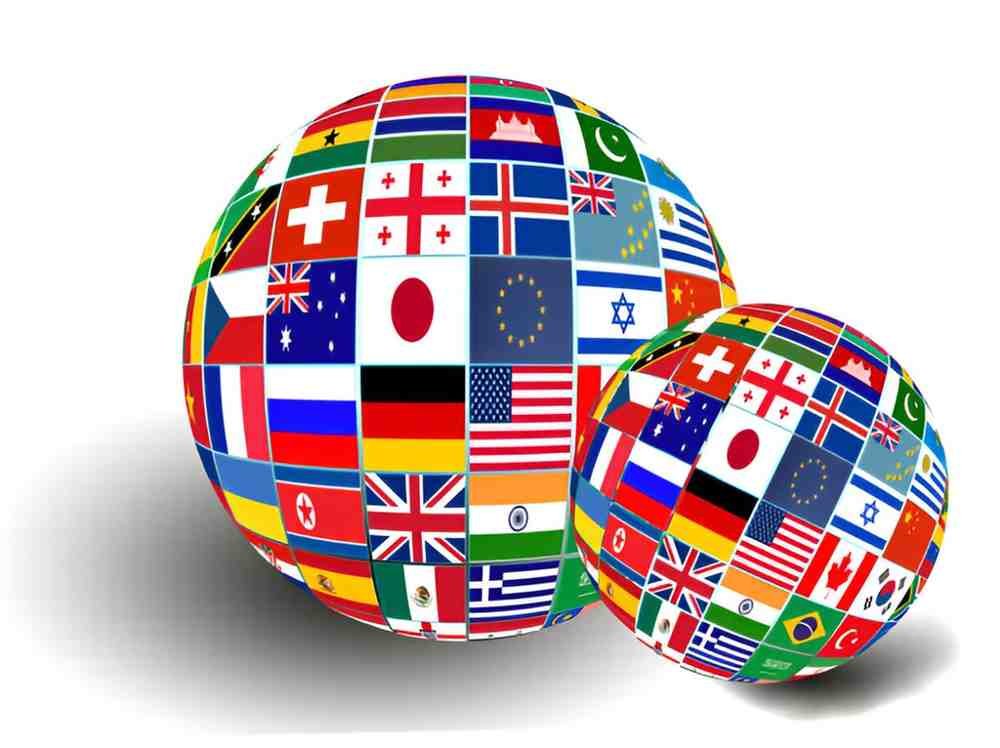As a finance expert, I often get asked about the best way to diversify investments globally without taking excessive risk. One solution I frequently recommend is the All-World Country Index Mutual Fund. These funds provide broad exposure to both developed and emerging markets, making them a cornerstone for long-term investors.
Table of Contents
What Is an All-World Country Index Mutual Fund?
An All-World Country Index Mutual Fund is a type of passively managed fund that tracks a global equity index, such as the MSCI All Country World Index (ACWI) or the FTSE Global All Cap Index. These indices include stocks from nearly every investable market—large, mid, and small-cap companies across developed and emerging economies.
Unlike actively managed funds, which rely on fund managers’ stock-picking skills, index funds follow a rules-based approach. This means lower fees and more predictable performance relative to the broader market.
Key Features:
- Global Diversification: Covers US, Europe, Asia, and emerging markets.
- Passive Management: Tracks an index rather than relying on active stock selection.
- Lower Costs: Expense ratios are typically under 0.20%, compared to 0.50%-1.50% for active funds.
- Market-Cap Weighted: Larger companies have a bigger influence on performance.
Why Invest in an All-World Index Fund?
1. Diversification Reduces Risk
Concentrating investments in a single country (like the US) exposes you to regional economic downturns. By spreading investments globally, you mitigate unsystematic risk.
The expected return of a diversified portfolio can be expressed as:
E(R_p) = \sum_{i=1}^n w_i E(R_i)Where:
- E(R_p) = Expected portfolio return
- w_i = Weight of the i-th asset
- E(R_i) = Expected return of the i-th asset
2. Lower Costs Improve Net Returns
High fees erode compounding returns over time. Vanguard’s VTWAX (Vanguard Total World Stock Index Fund) has an expense ratio of just 0.10%, while the average global equity mutual fund charges 0.70% or more.
3. Avoids Home Country Bias
Many US investors overweight domestic stocks, missing growth opportunities abroad. The US represents about 60% of global market capitalization, meaning 40% of potential returns are ignored if you exclude international markets.
Performance Comparison: All-World vs. US-Only Index Funds
Let’s compare historical returns between an all-world fund (VTWAX) and a US-only fund (VTSAX):
| Fund | 10-Year CAGR (2013-2023) | Expense Ratio |
|---|---|---|
| VTWAX (Global) | 8.2% | 0.10% |
| VTSAX (US) | 11.9% | 0.04% |
Source: Portfolio Visualizer
While US stocks outperformed in the past decade, this trend isn’t guaranteed. From 2000-2010, international stocks beat US equities. Diversification hedges against regional underperformance.
How All-World Funds Are Structured
Most all-world funds follow a market-cap-weighted approach:
w_i = \frac{MV_i}{\sum_{j=1}^n MV_j}Where:
- w_i = Weight of company i
- MV_i = Market value of company i
This means:
- Apple, Microsoft, and Amazon have larger weights than smaller firms.
- Emerging markets (like China and India) have smaller but growing allocations.
Example: MSCI ACWI Holdings (Top 5, as of 2023)
| Company | Country | Weight |
|---|---|---|
| Apple | US | 3.8% |
| Microsoft | US | 3.4% |
| Amazon | US | 2.1% |
| NVIDIA | US | 1.3% |
| TSMC | Taiwan | 1.1% |
Potential Drawbacks
1. Currency Risk
Fluctuations in exchange rates can impact returns. If the US dollar strengthens, foreign earnings convert to fewer dollars, reducing returns.
2. Higher Volatility in Emerging Markets
Political instability, regulatory changes, and liquidity risks can lead to sharper swings.
3. US Tax Implications
- Foreign Tax Credit: You may get a credit for taxes paid to other countries.
- PFIC Rules: Some international funds face punitive tax treatment, but most index funds avoid this.
Who Should Invest in All-World Index Funds?
- Long-term investors who want a hands-off approach.
- Those seeking diversification beyond the S&P 500.
- Retirement savers using IRAs or 401(k)s for tax efficiency.
Final Thoughts
All-world country index mutual funds offer a simple, low-cost way to invest globally. While past performance favors US stocks, future trends may differ. By holding a globally diversified portfolio, you reduce risk without sacrificing growth potential.





